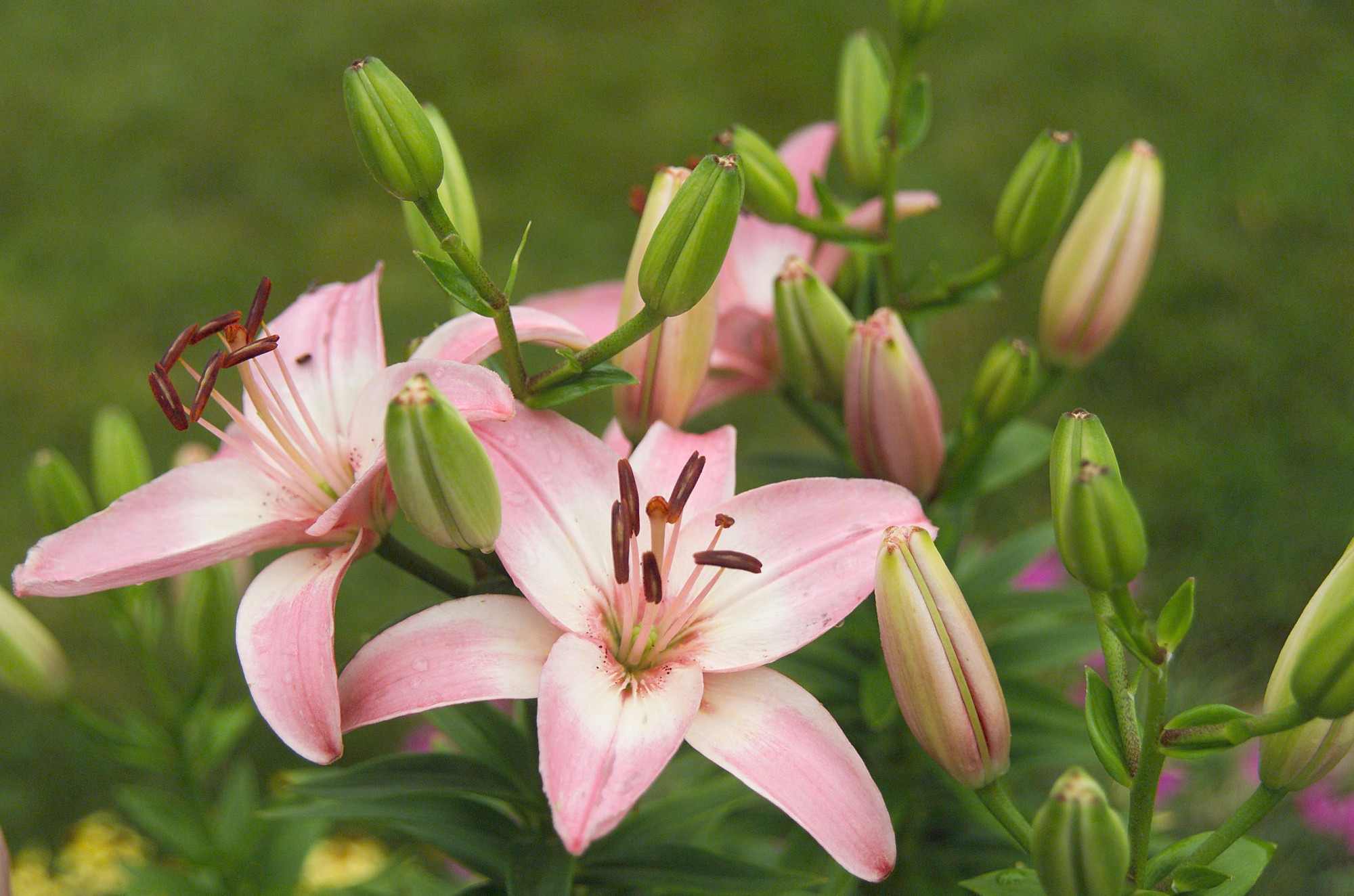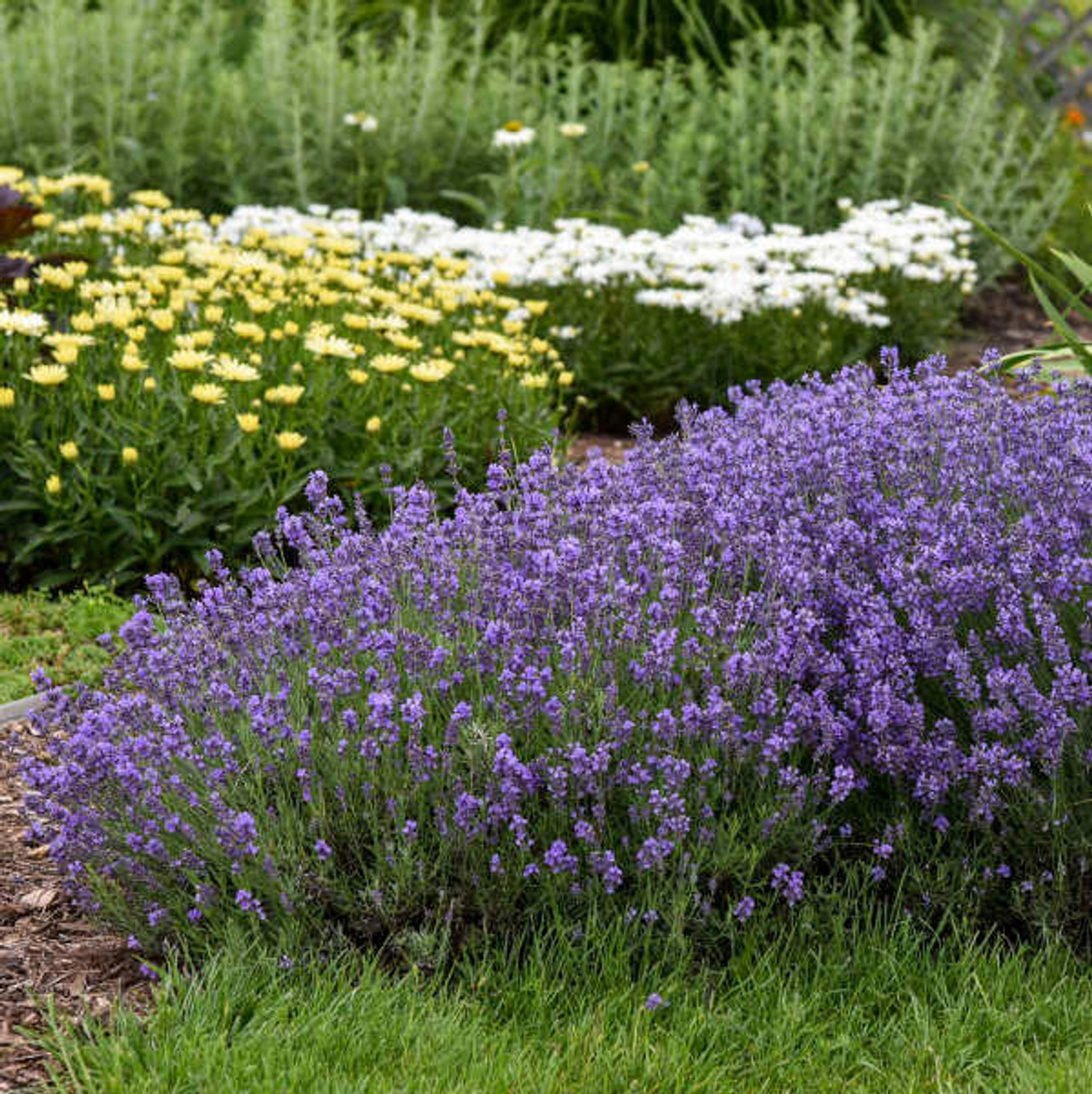Frigo plants are plants that have been harvested and then stored at a specific temperature and humidity until planting. Historically, everyone has tried to grow their own strawberry plants, which raises a logical question: Why complicate life when the plant will grow just fine in the bed? And storing them adds additional costs. Below is an explanation.
If you need to grow 100 plants, then of course no one would think of this. But if you need to grow 10,000,000 plants and deliver them to all the customers at once, then frigo plants are a good solution.
First of all, delivery – in a small mandarin box, you can fit between 300-1200 plants (depending on the plant size). So, a single pallet can hold up to 60,000 plants. The delivery costs in these cases are just a fraction of a cent per plant. In short, symbolic.
Second of all, the boxes are prepared from the autumn. And at any time, the grower can receive them. There is enough demand because it’s convenient for those who want to work with strawberries year-round. They start with heated greenhouses, then move to regular ones, then to the field until late autumn, and then the whole cycle begins again. Try to go dig out a plant in February from the field – it won’t work, the soil is frozen. And in May, when you want to plant – it also won’t work, because the strawberry has already started growing. If you dig it up, it won’t die, but the harvest will be delayed.
For fairness, it should be mentioned that in Latvia, frigo plants cannot be purchased at any time, as nurseries only cater to bulk buyers. Typically, they are available three times a year: in March when greenhouse growers take them, at the end of April when large field growers take them, and at the end of July, when field growers take the next batch for the autumn harvest or for early spring harvest.
There is another bonus when buying frigo plants. They are grown from certified and renewed mother material. The mother plants are kept for just one year. After that, they are removed, and new ones are planted. This means the plants are as free as possible from potential diseases.
Strawberry plants are divided into several categories:
-
B – Root collar diameter 6-9 mm
-
A – Root collar diameter 9-14 mm
-
A+ – Root collar diameter 14-17 mm
-
A++ – Root collar diameter 19-22 mm
In short, the thicker the root collar, the more flower stems there will be, and the more berries will be produced.

It can also be stated like this:
- B category – this year it will grow, and next year it will produce well.
- A category – this year it will give a small amount of berries – 50-100 g, and next year it will produce properly.
- A+ category – this year it will give 100-200 g.
- A++ – this year it will give 200-300 g of berries per plant
Practically, I wouldn’t recommend anything larger than the A category for small garden owners. There are several reasons for this:
-
The strawberry reaches its full potential and declared yield only with precise agrotechnology, which is currently developed for conventional growing. No one has the time or desire to engage in this at home, especially if you want organic berries.
-
The root system of these strawberries is quite large, and planters are usually tempted to trim it (most do). No one wants to dig a 30-40 cm deep hole, spread out the roots, and fill it back in. I personally used to buy both A+ and A++ plants. In the regular previous year’s soil, which had been tilled 3 times to a depth of 20 cm, I could only plant half the length of the root. I trimmed half of it off. Well, if the root is trimmed, what’s the point in paying for it? There’s another reason why the root is trimmed: The root must not be bent upwards. No plant size will help in that case – the strawberry will simply die.
-
The easiest to plant is the B category, as the roots are 10-15 cm long.
It should be noted that frigo plants are not just for strawberries. The majority of plants used by Latvia State Forests are frigo. Large fruit tree and shrub growers also use them. To extend the planting season, frigo plants are convenient to use because they allow planting throughout the entire season. Of course, it’s also beneficial for small garden growers, as the material is renewed, free from diseases, and guarantees quality.


